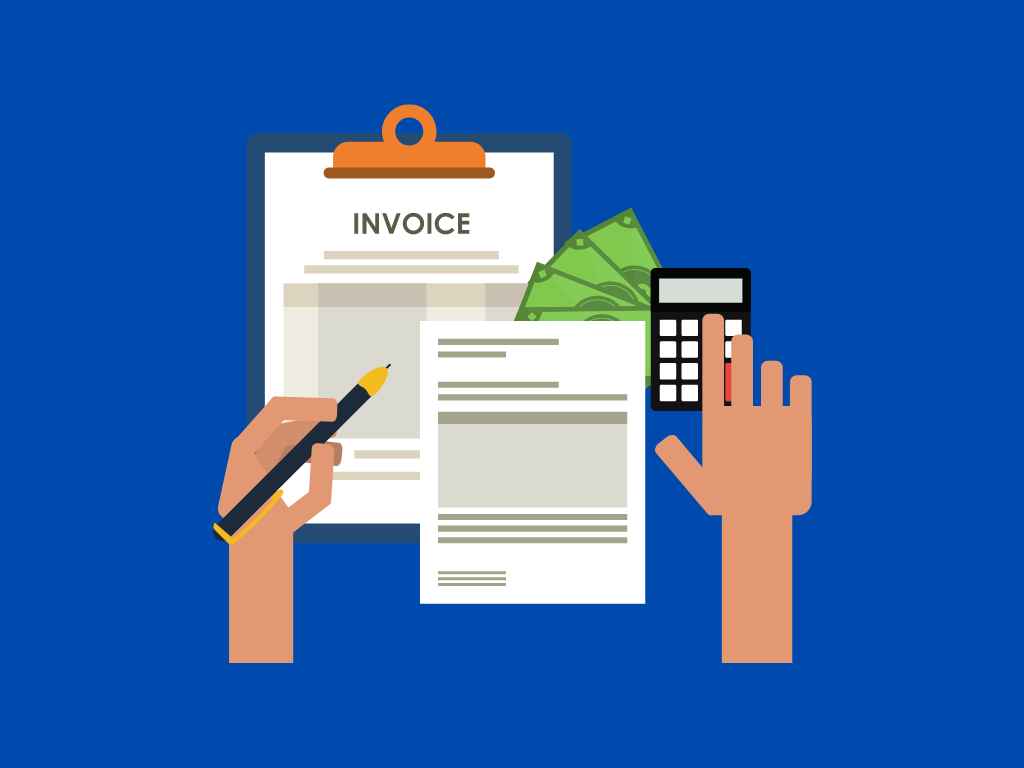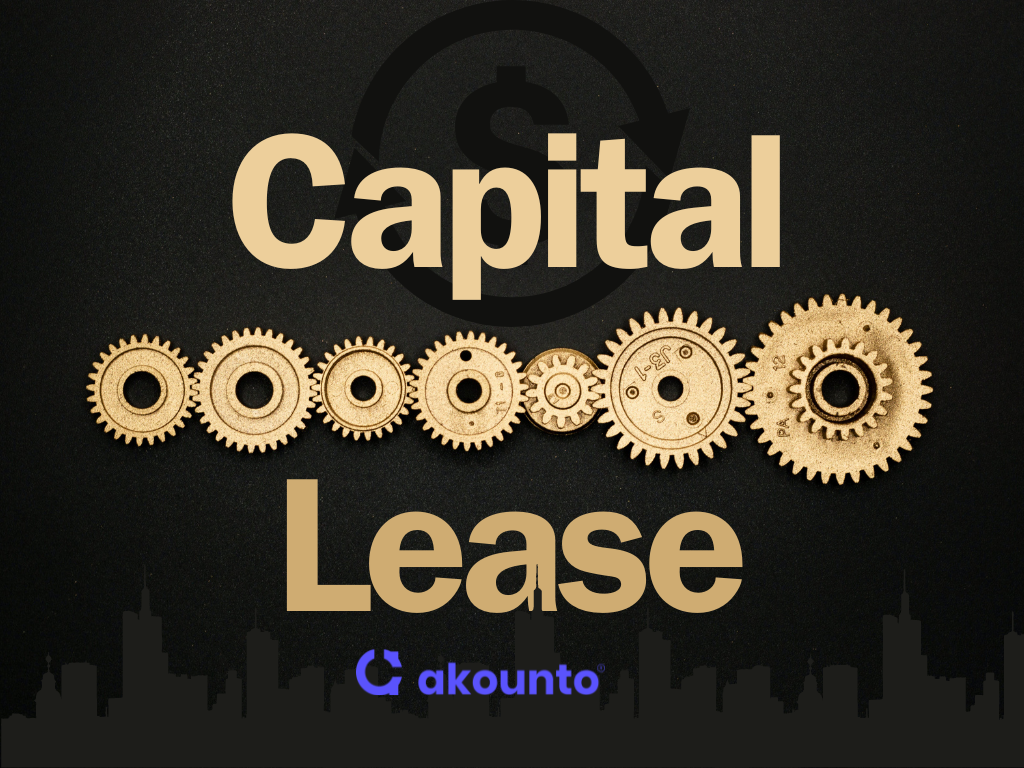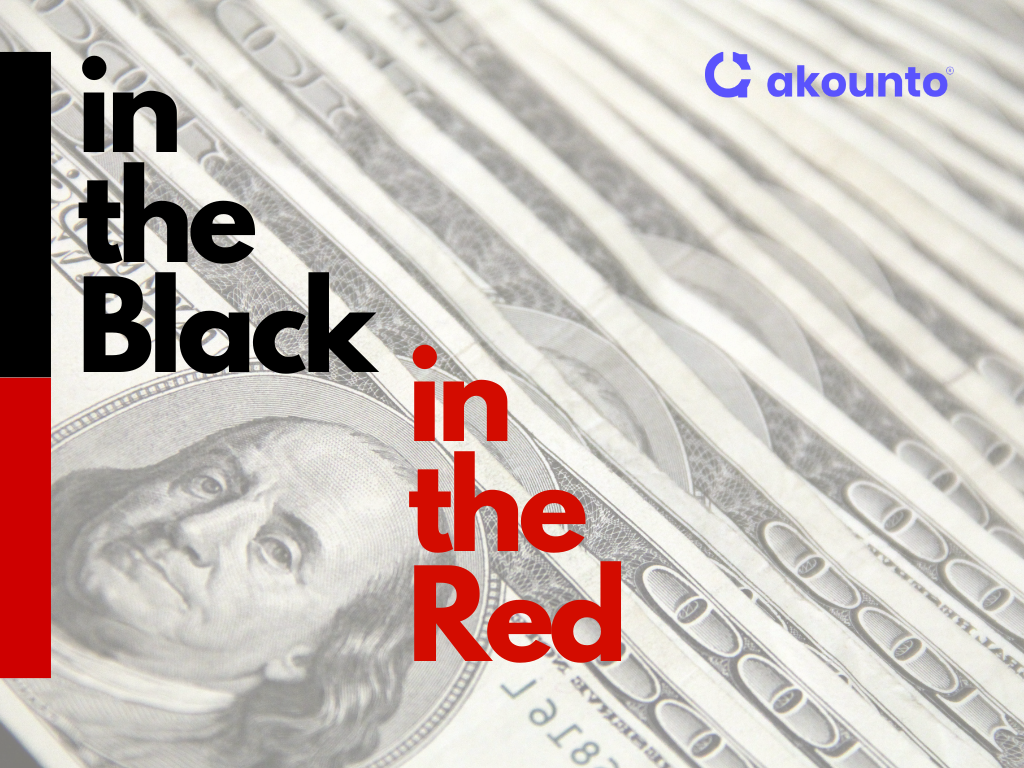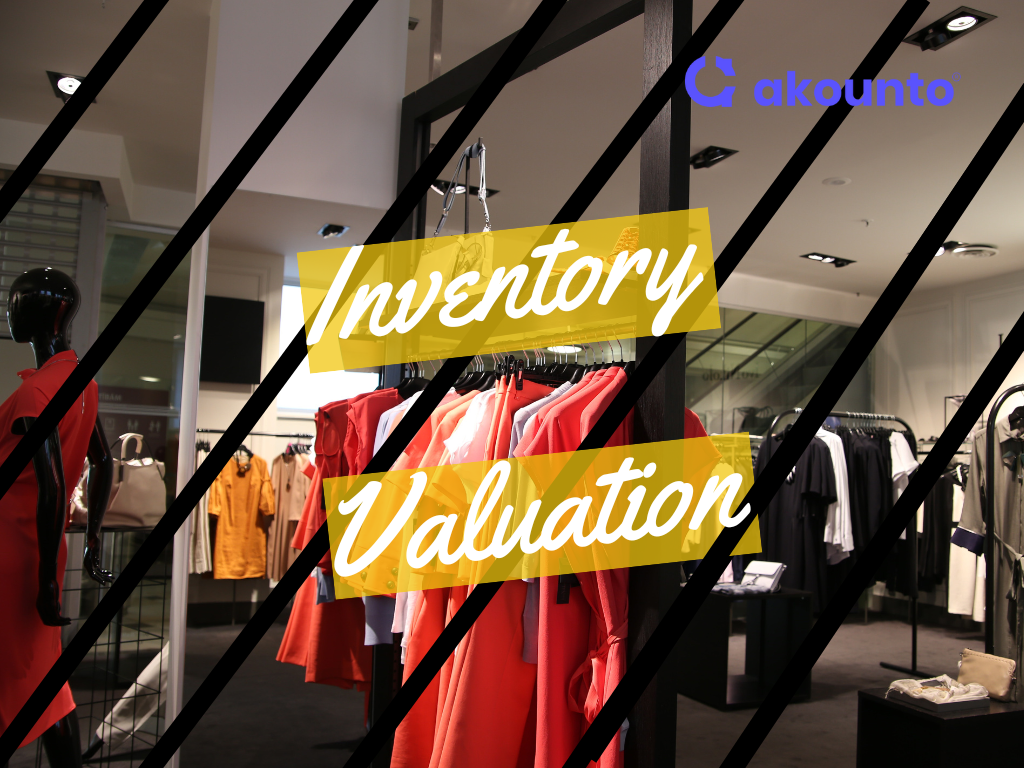Fixed assets are long-term tangible assets that a company uses to generate income.
Fixed assets are not intended for sale in the normal course of business and include items such as property, plant, and equipment.
What’s covered in the article
A fixed asset, also known as a “non-current” asset, is a physical item or intellectual property that a company owns and uses for business operations that decrease in value over time due to depreciation. Physical assets are depreciated while no-physical assets are amortized. Click here to learn the difference between depreciation and amortization.
What Is a Fixed Asset?
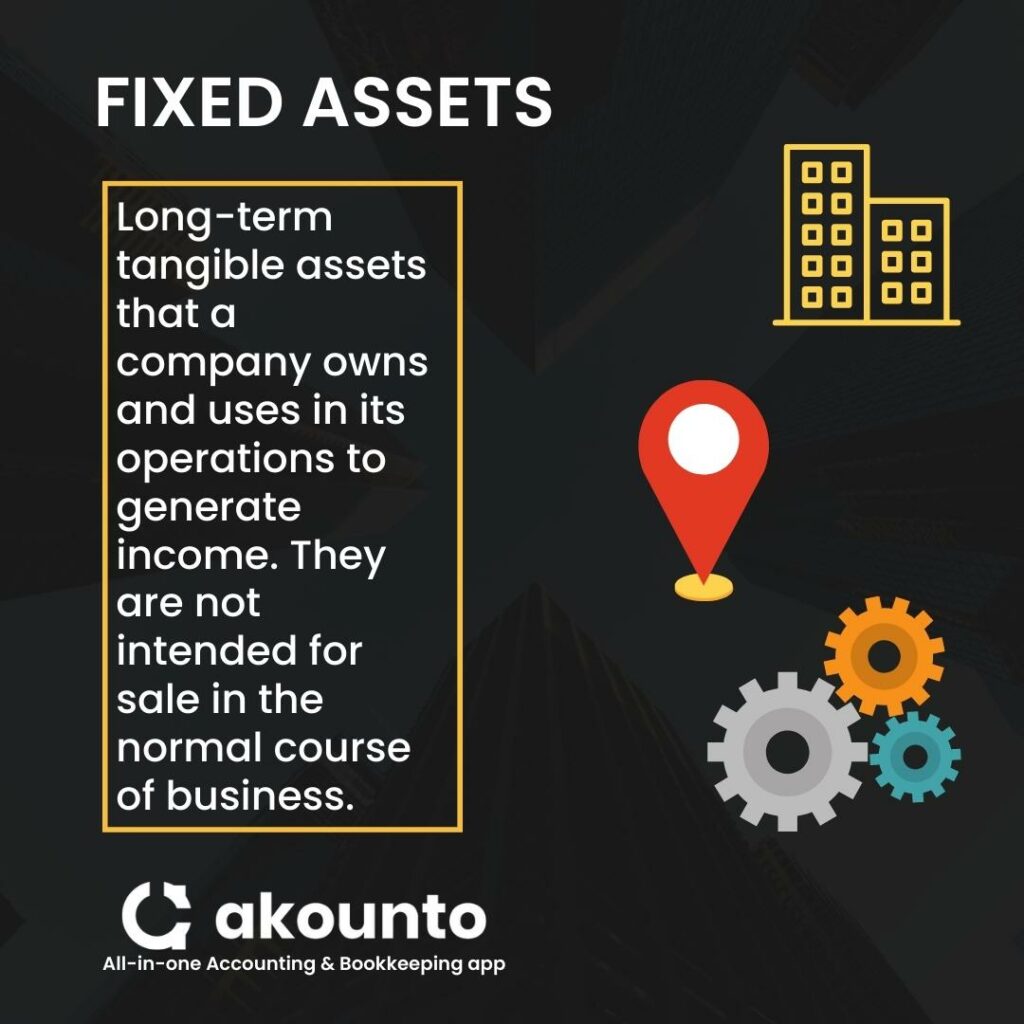
Fixed asset, typical of significant value, can increase a company’s overall worth and improve its ability to access capital.
A fixed asset is for the long term that often possesses a substantial market value. This attribute can be beneficial for small businesses as it can aid in securing funding and financing.
A fixed asset is a valuable form of collateral, particularly in real estate companies, and can positively impact shareholder equity. Usually, long-term assets on the balance sheet signify
Capitalization and depreciation are proper accounting treatment that benefits a business and are reflected in financial statements and tax returns.
Fixed assets depreciation reduces tax liability, improving the internal revenue source of business operations and its ability to access salvage value.
On the other hand, intangible assets are non-physical assets that gradually reduce value over a given period of time through amortization. Fixed assets differ from current assets, which are expected to be sold or used in the short term.
Fixed Assets on Financial Statements
Fixed assets are recorded on a company’s balance sheet.
Current assets are assets that are expected to be converted into cash quickly, within one year of the balance sheets date, like cash, leasehold improvements, accounts receivable, and inventory. Upon financial analysis, these assets are recorded in balance sheet at their current market value and are reported on the balance sheet in order of liquidity.
Another classification of fixed assets is that they are non current assets; thereby, they are not expected to be easily converted into cash.
To accurately determine the Net Income (profit) for a period, incremental depreciation of the total value of the asset must be charged against the same period’s revenue.
Examples of fixed assets or noncurrent assets include property, plant, and equipment.
Both current and noncurrent assets are important in providing information about a company’s liquidity, solvency, and ability to generate profits.
The initially capitalized cost of a fixed tangible asset is also used to calculate accumulated depreciation, which is a crucial factor in determining a company’s net income quickly.
These fixed assets are reported at their historical cost, the original purchase price, plus any additional costs incurred to bring the non-current assets to their current condition.
The value of fixed assets can also be adjusted for depreciation, which is a method of allocating the cost of noncurrent assets over their useful life.
How Fixed Assets Work?
Fixed assets are used to generate taxable income and cash flow for a company or a physical existence of a product that is easily converted through operations such as production or rental.
For example, a manufacturing company may use a factory building and equipment to produce computer equipment that it can sell.
A rental property or real estate company may use buildings and land to generate rental income or capital expenditures. These other noncurrent assets are intended to be used for a period of more than one year, and their value is expected to depreciate over time.
There are certain rules established by the IRS as to which assets can and cannot be depreciated.
It leads to the reduction of the asset’s value on the balance sheet and a depreciation expense on the income financial statement.
The fixed asset will continue to be reported in the balance sheet until it is fully depreciated or sold.
Fixed Assets and Depreciation
Fixed assets are typically depreciated over their useful lives, allocating the cost of the asset over time and reducing its value on the balance sheet while recognizing it as an expense on the income statement. The most common method is the straight-line method, where the cost is divided by the number of years in its useful life.
Examples
When a company buys a tangible item like a piece of equipment or a building, it will be recorded on the balance sheet at its historical cost and considered a fixed asset. However, as the asset is used over time, it will lose value due to wear and tear, obsolescence, and other factors.
The depreciation process reflects this decrease in value on the financial statements. The method of depreciation chosen depends on the accounting standard being followed, ie. GAAP or IFRS.
There are various depreciation methods:
- Straight-line depreciation method
- Diminishing balance method
- Sum of years digits method
- Double declining balance method
- Sinking fund method
IRS, for taxation purposes, recommends a Modified Accelerated Cost Recovery System (MACRS) that covers most of the assets. MACRS is not applicable to intangible assets and assets used during and before 1986.
Importance Of Fixed Assets
Fixed assets are important to a company’s operations because they provide the necessary resources for generating income. They also serve as a measure of a company’s long-term investments.
Additionally, fixed assets can be used as collateral for loans and sold to raise funds in the event of a financial crisis.
Fixed Asset Relevance to Financial Statements
Fixed assets are relevant to financial statements because they provide information about a company’s long-term investments and ability to generate income from them.
They also play a role in determining a company’s net income by calculating depreciation.
Knowing the value and depreciation of a company’s fixed assets can help investors and analysts make informed decisions about the company’s financial health.
Key Characteristics of a Fixed Asset
- Long-term: Fixed assets are intended to be used for a period of more than one year.
- Tangible: Fixed assets are physical assets that can be seen and touched.
- Income-generating: Fixed assets generate income for a company through operations such as production or rental.
- Depreciable: The cost of fixed assets is allocated over their useful life through the depreciation process.
Advantages And Disadvantages of Fixed Assets
Fixed assets have several advantages that make them an important part of a company’s operations.
Advantages
- Generates Revenue: Fixed assets such as factory buildings, equipment, and vehicles can be used to generate income. Businesses use these assets to produce goods or render services that can be sold to generate revenue.
- Collateral for loans: Fixed assets can be used as security for loans to help secure funds for expansion or fulfillment of other business needs.
- Ease of Decision making: These assets provide a clear picture of the business’s long-term investments and ability to generate income from them, making it easier for future decisions.
- Company insights: By analyzing a company’s fixed assets, investors and stakeholders can gain insights into the company’s financial health and prospects.
Disadvantages
- Value depreciation – Fixed assets depreciate over time owing to their age, usage, obsoleteness, etc. These assets also require repairs and replacements to keep up the production of goods or render services. So, the business needs to maintain updates on them for their disposal, reselling, or purchase.
- Large investments – Fixed assets such as property, plant, machinery, or equipment are not cheap. They require large capital investments for businesses to generate profits. The key is ensuring that the long-term return on investment outweighs the initial cost.
Fixed Assets Example
A manufacturing company that produces car parts is a good example of a company that relies on fixed assets. The company may have a factory building and equipment to produce car parts.
These assets are used to generate income for the company by selling car parts. To help the business obtain financing for expansion or other needs, the production plant and machinery can also be used as collateral for loans.
Assets Vs. Fixed Assets
Assets are resources that a company owns or controls with monetary value. This includes both current assets and fixed assets.
Current assets are expected to be converted into cash or consumed within one year. Examples of current assets include cash, accounts receivable, and inventory.
Fixed assets are long-term tangible assets that a company uses to generate income.
Fixed assets are not expected for sale in the normal course of business and include items such as property, plant, and equipment. These assets are used over more than one year, and their value is expected to depreciate over time.
Fixed Assets Vs. Current Assets
Fixed and current assets are considered assets, but they have some key differences.
- Fixed assets are long-term tangible assets that a company uses to generate income, while current assets are expected to be converted into cash or consumed within one year.
- Fixed assets are recorded on a company’s balance sheet as non-current assets, while current assets are recorded as current assets.
- Fixed assets are depreciated over time, while current assets do not depreciate.
Conclusion
Fixed assets are an important part of a company’s operations. They provide the necessary resources for generating income and can also be used as collateral for loans.
However, fixed assets also have some disadvantages, such as the cost of purchase and maintenance, and the value of fixed assets can depreciate over time.
It is important for investors and analysts to understand the importance of fixed assets and how they affect a company’s financial health.
To know more about such accounting concepts, visit the Akounto blog.






